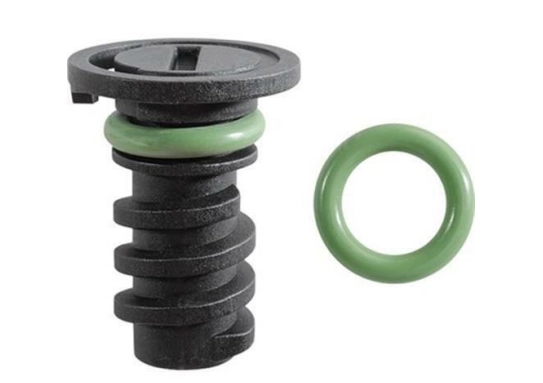shift shaft seal
Understanding Shift Shaft Seals Importance and Functionality
In the world of automotive engineering and machinery, the shift shaft seal plays a pivotal role in ensuring the smooth operation of various systems. This crucial component is primarily found in vehicles with manual transmissions, automatic transmissions, and various machinery that relies on shifting mechanisms. A shift shaft seal, often made from rubber or other durable materials, acts as a barrier to prevent fluid leaks and contamination, thereby maintaining the efficiency and effectiveness of the system it serves.
What is a Shift Shaft Seal?
A shift shaft seal is designed to encase the shift shaft, which is responsible for transferring the motion of the gear stick into the vehicle’s transmission system or other machinery. The seal is located at the point where the shift shaft exits the transmission or gearbox housing, creating a hermetic seal that keeps transmission fluid contained and prevents external impurities, such as dirt and moisture, from entering the system.
Importance of Shift Shaft Seals
1. Leak Prevention One of the primary functions of a shift shaft seal is to prevent the leakage of transmission fluid. Transmission fluid plays a crucial role in lubricating gears, facilitating smoother gear shifts, and ensuring that the transmission operates efficiently. If the seal is compromised, fluid can leak out, leading to potential overheating and, ultimately, serious damage to the transmission.
2. Contamination Shielding The seal also acts as a barrier against contaminants that can damage the internal components of the transmission. Dust, dirt, and moisture can significantly impact the performance of the transmission, causing wear and tear on gears and other vital components. A properly functioning shift shaft seal prevents these substances from infiltrating the system.
shift shaft seal

3. Extended Lifespan of Transmission By maintaining the integrity of the transmission fluid and protecting against contamination, a shift shaft seal helps extend the lifespan of the transmission itself. A healthy transmission reduces the risk of costly repairs and ensures that the vehicle or machinery operates smoothly over time.
4. Improved Performance When the shift shaft seal is functioning correctly, it allows for optimal fluid flow within the transmission. This fluid flow is essential for smooth gear changes and overall vehicle performance. Any issues with the seal can lead to sluggish shifting, increased wear, and decreased efficiency.
Common Issues with Shift Shaft Seals
Over time, shift shaft seals can deteriorate due to heat, wear, and exposure to various elements. Common signs of a failing shift shaft seal include fluid leaks around the transmission area, rough shifting, and a noticeable decrease in transmission performance. Regular inspection and maintenance of these seals can help identify issues before they escalate into larger problems.
Conclusion
In conclusion, the shift shaft seal may be a small component, but its significance in automotive and machinery operations cannot be overstated. Ensuring that the seal is intact and functioning properly is crucial for maintaining the performance and longevity of the transmission system. Regular maintenance and timely replacements when necessary can prevent leaks, shield against contamination, and ultimately save both time and money in repairs. Understanding the role of shift shaft seals empowers vehicle owners and operators to take proactive measures in preserving their machinery and ensuring optimal functionality.
-
Simplifying Oil Changes: A Comprehensive Guide to Oil Drain Plugs and Their Variants
News Aug.04,2025
-
Mastering Oil Drain Maintenance: Solutions for Stripped, Worn, and Upgraded Oil Plugs
News Aug.04,2025
-
Fixing Oil Pan Plug Issues: Leaks, Stripped Nuts, and the Right Replacement Solutions
News Aug.04,2025
-
Everything You Need to Know About Oil Drain Plugs: Sizes, Fixes, and Upgrades
News Aug.04,2025
-
Choosing the Right Oil Drain Plug: A Guide to Sizes, Materials, and Drain Innovations
News Aug.04,2025
-
A Complete Guide to Automotive Drain Plugs: Types, Problems, and Innovative Solutions
News Aug.04,2025
-
The Ultimate Guide to Car Repair Kits: Tools and Essentials Every Driver Should Own
News Aug.01,2025
Products categories















